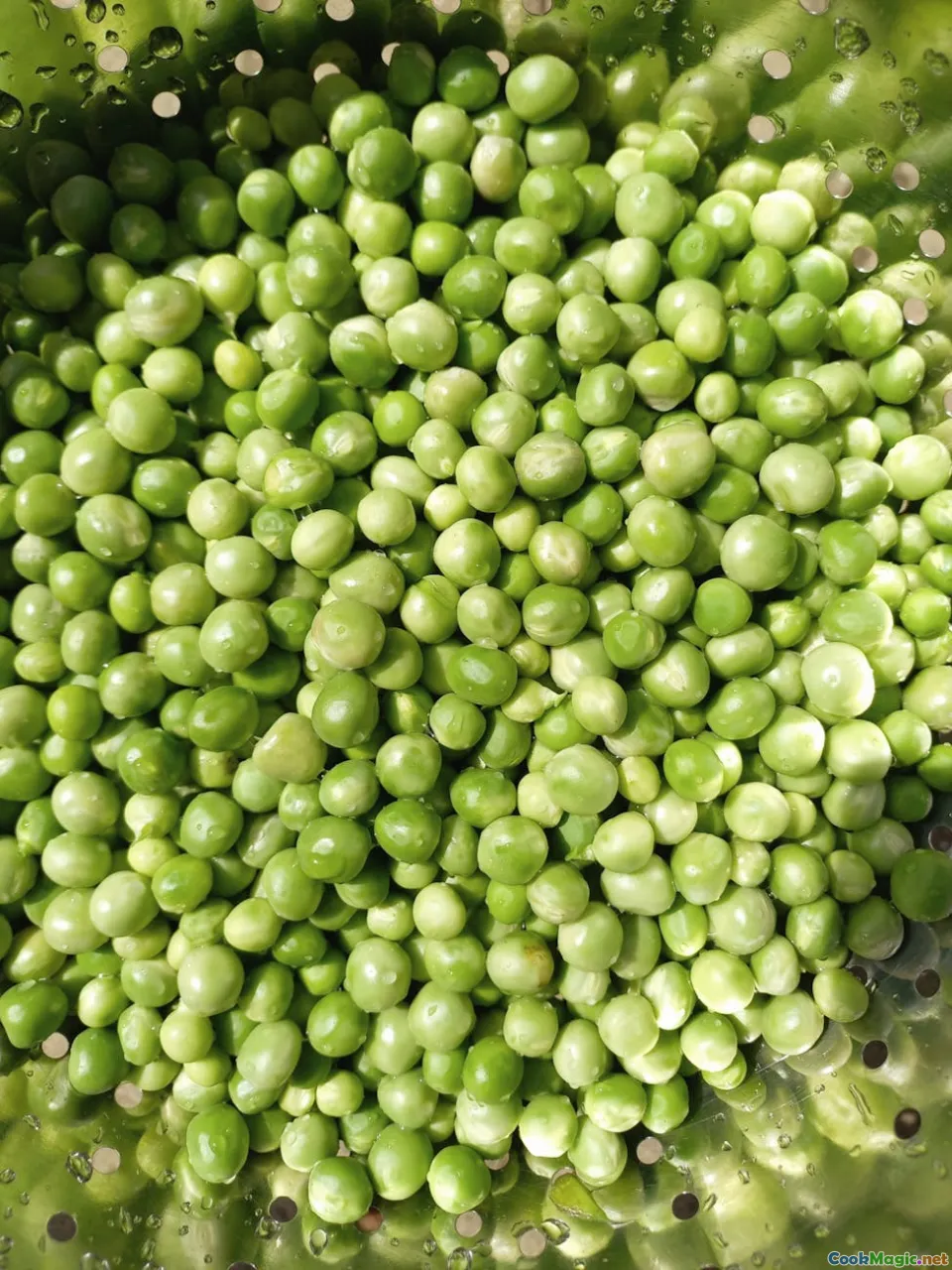Evaluating Plant Based Proteins for Everyday Meals
8 min read Uncover the world of plant based proteins and how they can elevate your everyday meals with flavor, nutrition, and sustainability. April 16, 2025 05:45
Evaluating Plant Based Proteins for Everyday Meals
In a world increasingly conscious of health, sustainability, and ethical eating, plant-based proteins have emerged as a culinary star. Imagine biting into a warm, spiced chickpea patty, its crust crisp and golden, while the center remains soft and earthy. Or picture a steaming bowl of quinoa, fluffy and nutty, mingling with vibrant vegetables and a drizzle of tangy dressing. These dishes not only nourish the body but also feed the soul, connecting us to a rich tapestry of cultures and traditions.
The Rise of Plant-Based Proteins
Historically, the use of plant proteins dates back thousands of years. Cultures around the globe have relied on legumes, grains, and seeds as primary protein sources long before meat became a staple of the diet. From the hearty lentil stews of the Middle East to the delicate tofu dishes of East Asia, plant proteins have always held a significant role in human nutrition.
In recent years, however, we’ve seen a dramatic shift. The rise of veganism and flexitarian diets has propelled plant-based proteins into the mainstream, with brands innovating to create meat alternatives that are both satisfying and healthful. This movement is not merely a dietary trend but a response to pressing environmental concerns and a desire for healthier lifestyles.
Nutritional Benefits
Plant-based proteins offer a plethora of health benefits. They are often lower in saturated fat and cholesterol-free, making them heart-healthy alternatives to animal proteins. Rich in fiber, vitamins, and minerals, they contribute to overall well-being. For instance, black beans contain 15 grams of protein per cooked cup, along with substantial fiber, which aids digestion and provides a feeling of fullness.
Moreover, incorporating a variety of plant proteins—such as lentils, chickpeas, quinoa, and nuts—into your diet ensures you receive a broad spectrum of amino acids, essential for muscle repair and growth. By evaluating these sources, home cooks can create balanced, nutrient-dense meals that are as delicious as they are healthful.
Exploring Popular Plant-Based Proteins
Let’s dive into some of the most popular plant-based proteins and how to incorporate them into everyday meals:
1. Legumes
Beans, lentils, and peas are the cornerstone of plant-based diets. Rich in protein and fiber, they can be transformed into a myriad of dishes. For example, a warm lentil salad with roasted vegetables and a zesty lemon dressing can serve as a hearty main dish or a side. The earthy flavor of lentils pairs beautifully with spices like cumin and coriander, creating a symphony of taste.
2. Quinoa
Often touted as a superfood, quinoa is a complete protein, meaning it contains all nine essential amino acids. This fluffy grain can be used in salads, pilafs, or even as a breakfast porridge. Try mixing cooked quinoa with fresh herbs, diced tomatoes, and avocado for a refreshing summer salad that bursts with flavor.
3. Tofu and Tempeh
These soy-based proteins are versatile and absorb flavors beautifully. While tofu can be grilled, stir-fried, or blended into smoothies, tempeh, with its nutty flavor and firm texture, shines in sandwiches or as a meat substitute in tacos. A marinated and grilled tempeh sandwich with avocado and tomato is a satisfying meal that’s packed with protein.
4. Nuts and Seeds
Almonds, chia seeds, and hemp seeds are not just tasty but also packed with protein and healthy fats. Sprinkle hemp seeds over a vibrant salad or blend almonds into a silky nut butter for a delicious spread. Chia seeds can be used to create a creamy pudding that makes for a delightful breakfast or snack.
Cooking Techniques for Plant-Based Proteins
Understanding how to cook with plant-based proteins is crucial for maximizing their flavor and nutritional benefits. Here are some techniques to enhance your culinary creations:
Soaking and Sprouting
Soaking beans and lentils before cooking not only reduces cooking time but also enhances their digestibility. Sprouting grains and legumes can elevate their nutritional profile, increasing vitamins and minerals while adding a delightful crunch to salads and wraps.
Marinating
Marinating tofu, tempeh, or even beans with flavorful mixtures of spices, acids, and oils can infuse them with incredible taste. A simple marinade of soy sauce, ginger, and garlic can elevate a basic tofu stir-fry into a mouthwatering dish.
Layering Flavors
Incorporate aromatics like onions, garlic, and ginger early in the cooking process to build flavor. Toasting spices before adding them to your dish can release their essential oils, creating a complex flavor profile that enhances the overall dish.
Personal Insights and Anecdotes
Reflecting on my own journey with plant-based proteins, I recall the first time I prepared a chickpea curry from an old family recipe. The aroma of cumin and coriander wafted through my kitchen, reminiscent of my grandmother’s home. As I stirred the vibrant, golden sauce, I realized that plant-based cooking is not just about nutrition; it’s about connection. Each dish tells a story, a narrative woven into the fabric of our lives.
Conclusion: Plant-Based Proteins for All
As we evaluate plant-based proteins for our everyday meals, it’s essential to embrace their diversity and richness. Whether you are a seasoned vegan or someone curious about incorporating more plant proteins into your diet, the possibilities are endless. By experimenting with flavors, textures, and cooking techniques, we can create meals that are not only nutritious but also deeply satisfying.
The journey into the world of plant-based proteins is one of discovery, creativity, and connection. So, the next time you whip up a meal, consider the humble chickpea or the hearty lentil as your star ingredient. You may just find that they hold the key to a more flavorful, healthful, and sustainable way of eating.









